Description
Transferrin receptor (TFR) is a carrier protein for transferrin. It is needed for the import of iron into the cell and is regulated in response to intracellular iron concentration. It imports iron by internalizing the transferrin-iron complex through receptor-mediated endocytosis. Soluble Transferrin Receptor (sTFR) arises from proteolysis of TFR at a specific site in the extracellular domain, leading to monomers that can be measured in plasma and serum. A constant relationship has been reported between total TFR and the concentration of sTFR in plasma or serum. Thus, the concentration of sTFR in plasma or serum is an indirect measure of total TFR.
sTFR is elevated in subjects with hyperplastic erythropoiesis (e.g., hemolytic anemia, β-thalassemia, polycythemia, etc.) and depressed in subjects with hypoplastic erythropoiesis (e.g., chronic renal failure, aplastic anemia or post-transplant anemia). Measurement of sTFR is especially valuable as an indication of iron deficiency in individuals with chronic disease (inflammatory diseases, infections, malignancies), many of whom are anemic. Since the level of sTFR is not affected by chronic disease, it can substantially improve the laboratory diagnosis of iron deficiency, even in patients with concurrent chronic disease.
Only logged in customers who have purchased this product may leave a review.

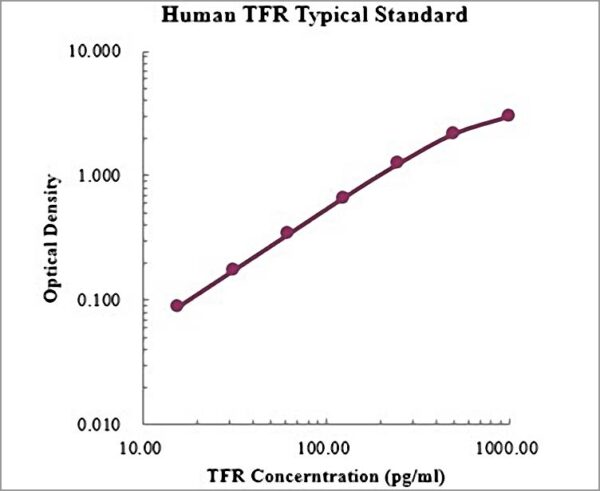
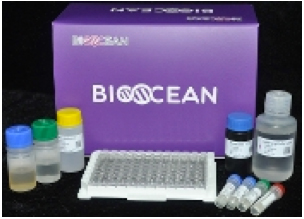

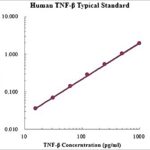
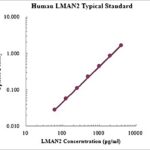


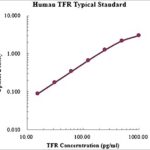
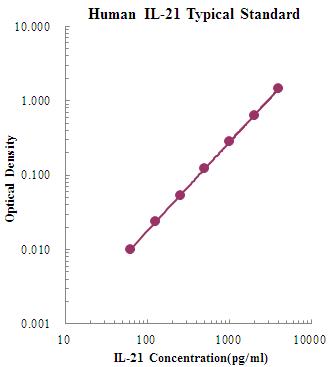


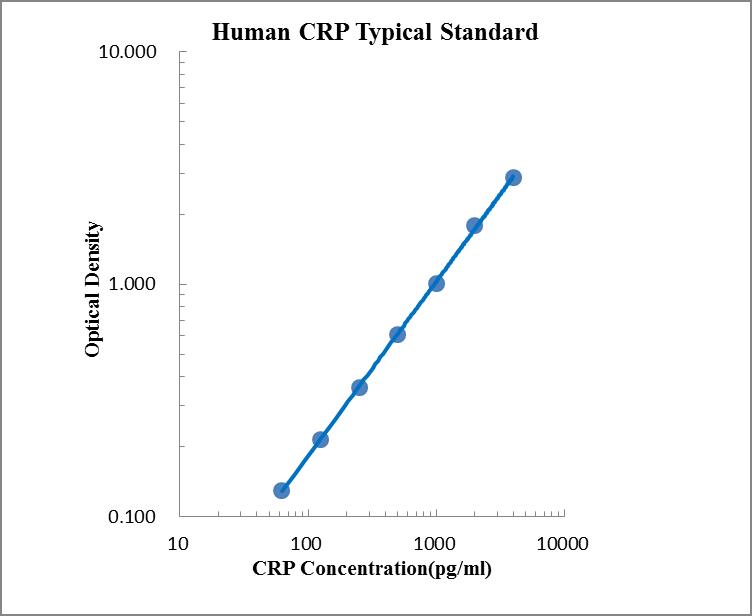
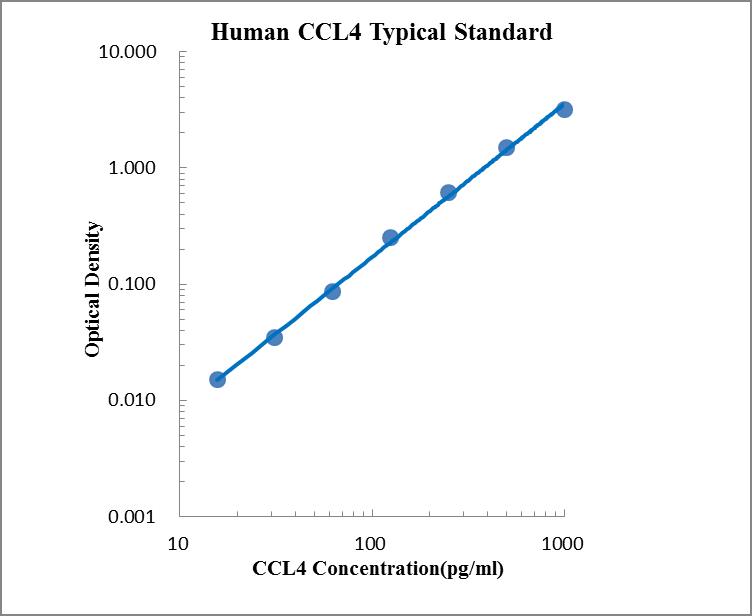
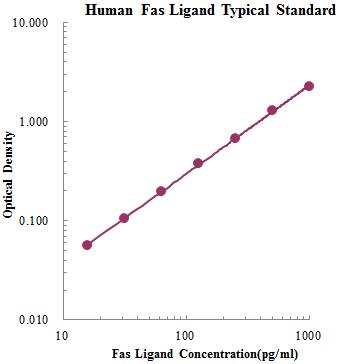
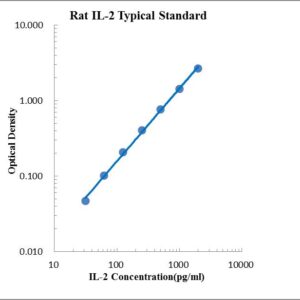
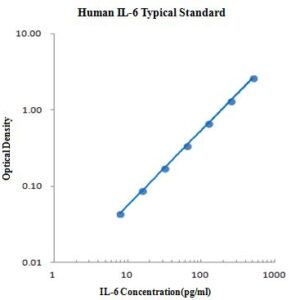
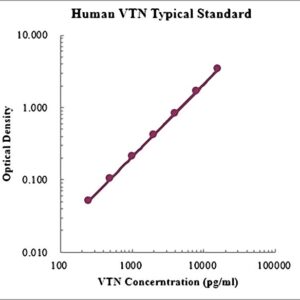
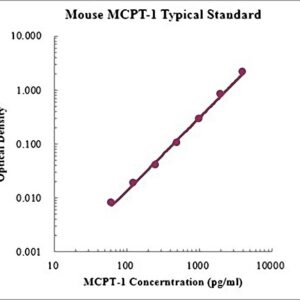
Reviews
There are no reviews yet.